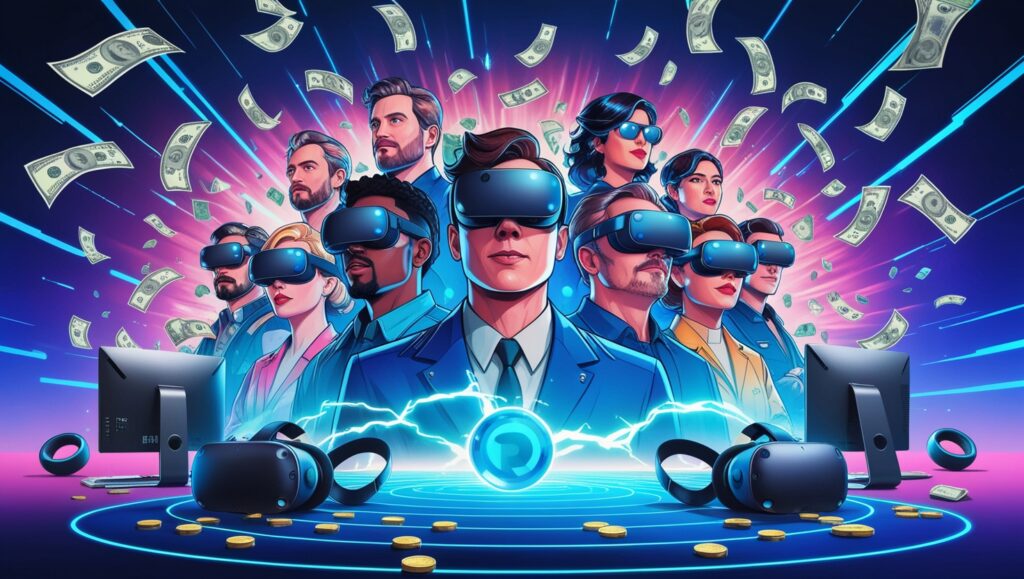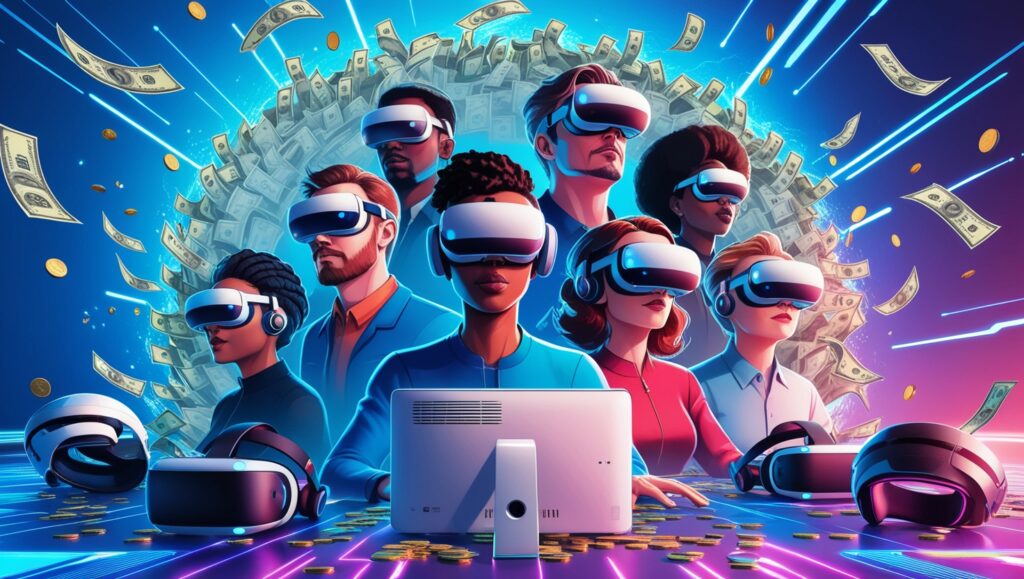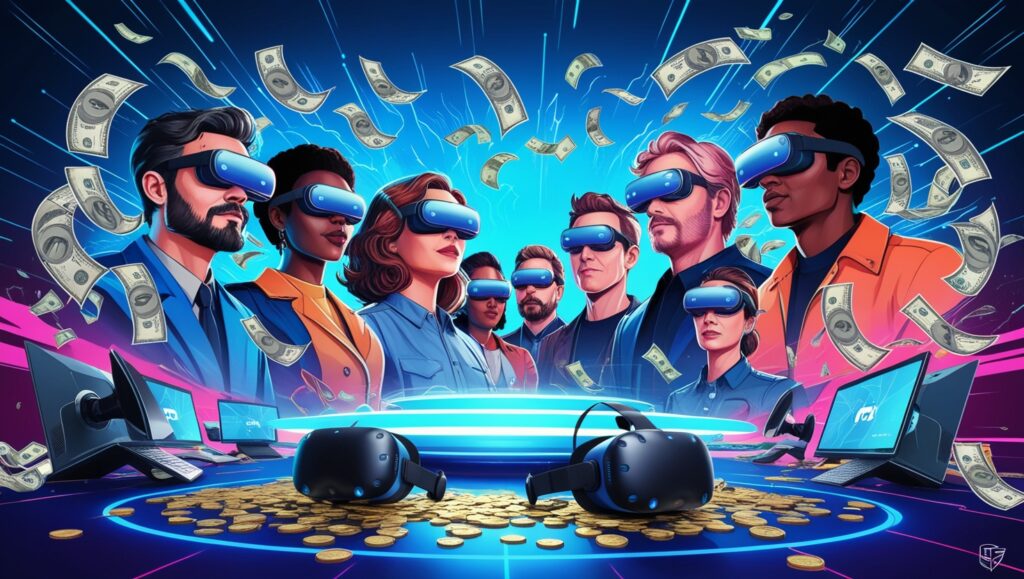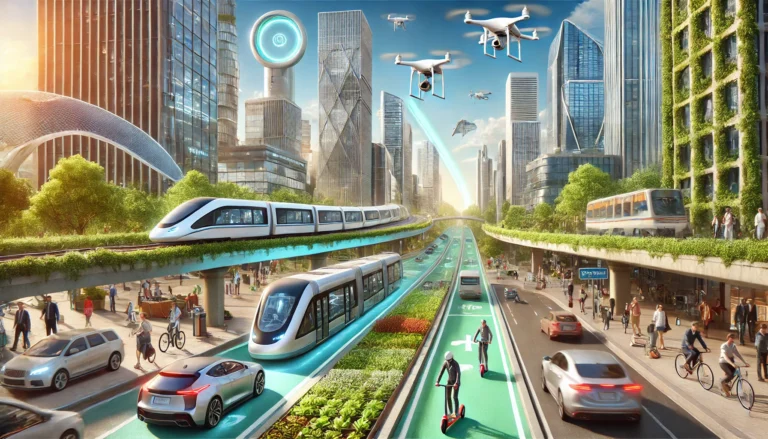Virtual Reality Designers: Pioneers of the Immersive Experience

In 2025, Virtual Reality (VR) has evolved far beyond a niche technology for gamers and tech enthusiasts. It is now a transformative medium redefining industries, reshaping the way people work, play, learn, and interact. At the heart of this revolution are Virtual Reality Designers, the creative pioneers responsible for crafting immersive experiences that captivate, educate, and inspire. Their work lies at the intersection of artistry, technology, and psychology, making them indispensable in shaping the future of digital interaction.
The Expanding Role of Virtual Reality Designers
VR Designers are no longer confined to creating game worlds or entertainment simulations. Their expertise now spans:
- Education and Training: Virtual environments simulate real-world scenarios for students, surgeons, pilots, and engineers, offering hands-on training without real-world risks.
- Healthcare: VR is used for therapy, pain management, and treating mental health conditions like PTSD and anxiety. Designers ensure these experiences are both effective and engaging.
- Architecture and Real Estate: Virtual walkthroughs enable architects, developers, and buyers to experience buildings before they are constructed.
- Retail and E-commerce: VR enables customers to try products, from clothes to furniture, in a virtual space, enhancing decision-making and satisfaction.
- Social Interaction: Platforms like Meta’s Horizon Worlds and others are creating virtual spaces for socializing, working, and collaborating, with VR Designers leading the creation of these immersive environments.
Key Skills for VR Designers
The multifaceted nature of VR design requires a diverse skill set:
- 3D Modeling and Animation: Using tools like Blender, Maya, or Unreal Engine, designers create realistic and engaging 3D assets.
- Programming and Scripting: Knowledge of programming languages like C#, Python, or JavaScript, as well as VR development platforms like Unity and Unreal Engine, is essential.
- User Experience (UX) Design: Designers focus on creating intuitive and user-friendly VR interfaces, ensuring seamless navigation and interaction.
- Sound Design: Audio plays a crucial role in immersion. VR Designers must work closely with sound engineers to create spatial audio effects that enhance the experience.
- Understanding Human Psychology: Knowing how people perceive and interact with virtual environments helps designers create experiences that feel natural and engaging.

Challenges Facing VR Designers
As pioneers of a relatively new medium, VR Designers face several unique challenges:
- Technical Limitations: Despite advancements, VR hardware still faces issues like limited resolution, motion sickness, and high costs.
- Balancing Realism and Performance: Designers must create highly immersive environments while ensuring smooth performance on varying hardware.
- Ethical Concerns: As VR becomes more immersive, designers must consider ethical issues like addiction, data privacy, and the psychological impact of their creations.
- Accessibility: Ensuring that VR experiences are accessible to people with disabilities or limited technical skills is a growing priority.
The Impact of VR Design on Society
The work of VR Designers is not just about entertainment; it’s about building bridges between people and experiences:
- Breaking Barriers: VR allows people to visit places they might never see, interact with cultures they might never encounter, and experience scenarios they might never face in real life.
- Improving Learning Outcomes: Studies show that immersive learning experiences improve retention and engagement, making VR a powerful educational tool.
- Fostering Empathy: VR experiences like “Walking a Mile in Someone Else’s Shoes” put users in another person’s perspective, promoting understanding and compassion.
- Enhancing Creativity: Virtual environments provide unlimited creative potential, enabling artists, architects, and designers to experiment in ways not possible in the physical world.
The Future of VR Design
As VR technology continues to advance, the role of VR Designers will expand and evolve. Key trends shaping the future include:
- Hyper-Realistic Environments: With advancements in graphics and computing power, VR experiences will become indistinguishable from reality.
- Haptic Feedback: The integration of haptic devices will allow users to feel textures, vibrations, and even temperature, adding another layer of immersion.
- AI Integration: AI will enable more dynamic and adaptive virtual worlds, where characters and environments respond to users in real-time.
- Cross-Platform Experiences: Designers will create experiences that seamlessly transition between VR, augmented reality (AR), and mixed reality (MR).
- Sustainability: VR will play a role in reducing carbon footprints by minimizing the need for physical travel and resources, with designers creating virtual alternatives for work, training, and socialization.

Conclusion
Virtual Reality Designers are not just creators; they are visionaries shaping how humanity interacts with technology and the world around them. Their work transcends entertainment, touching nearly every aspect of life. As VR continues to evolve, these pioneers will remain at the forefront, turning the unimaginable into reality and unlocking the boundless potential of immersive experiences.






